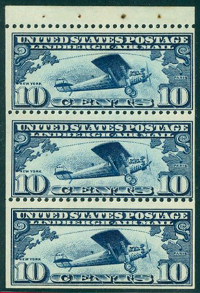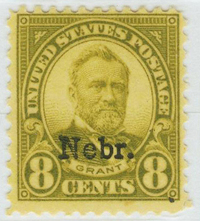
Discussion - Member to Member Sales - Research Center

Discussion - Member to Member Sales - Research Center


Brian

Login to Like
this post
According to the Dutch NvPH catalogue these would be Postage Due #10 and #11 from the Netherlands Indies. The numerals in this set do not look consistent. There are four types for each of the 9 stamps, except for the 30 cents, for which no type IV is known.
The colour red is always susceptible for fading. More than other colours.


Login to Like
this post
In addition, these stamps were printed over a long period, so the colour varies, depending on when they were printed.
An old source I consulted stated that the 30 cent (first printed in 1888) is more of a brick red than the early issues printed in 1881 (like the 40 cent).
You can see a similar difference in colours in Jan Simon's set.
Jan

Login to Like
this post

Approvals
re: Is sellers description right?
According to the Dutch NvPH catalogue these would be Postage Due #10 and #11 from the Netherlands Indies. The numerals in this set do not look consistent. There are four types for each of the 9 stamps, except for the 30 cents, for which no type IV is known.
The colour red is always susceptible for fading. More than other colours.


Login to Like
this post
02:57:10pm
re: Is sellers description right?
In addition, these stamps were printed over a long period, so the colour varies, depending on when they were printed.
An old source I consulted stated that the 30 cent (first printed in 1888) is more of a brick red than the early issues printed in 1881 (like the 40 cent).
You can see a similar difference in colours in Jan Simon's set.
Jan

Login to Like
this post


